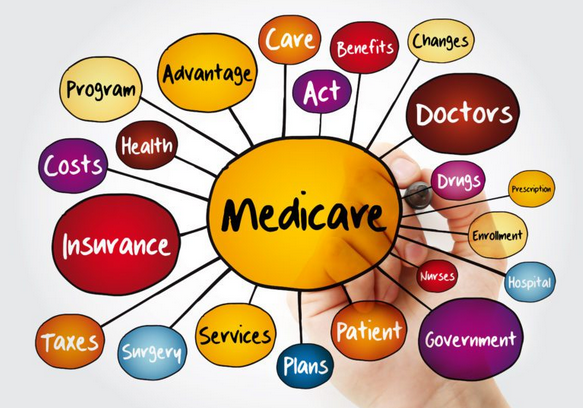In the ever-evolving world of medicine, technology has emerged as a powerful ally, reshaping the landscape of healthcare delivery. Philip Sobash aptly sheds light on the multifaceted advantages of integrating technology into medical practices, highlighting its potential to catalyze substantial improvements in patient care and operational efficiency. Join us on a journey to uncover how technology can transform your medical practice, fostering mutual benefits for healthcare providers and their patients.
Unlocking Technology’s Potential: Catalyst for Elevated Patient Care
The potential harnessed within technology unlocks a cascade of advantages that comprehensively enrich patient care. Philip Sobash emphasizes the following pivotal gains:
1. Enhanced Efficiency: The seamless integration of Electronic Health Records (EHRs) orchestrates a nimble symphony of data management. With patient information readily accessible, the burdens of cumbersome paperwork dissipate, enabling healthcare professionals to focus on patient care. The result: diagnoses and treatments delivered with speed and precision.
2. Redefined Communication: Technology revolutionizes patient communication. Through digital platforms, follow-up appointments and critical medical insights can be effortlessly shared, fostering an informed and engaged patient community.
3. Precision in Treatment: Empowered by comprehensive patient data, technology equips medical practitioners to craft intricate, personalized treatment plans. Informed by data-driven decisions, treatments become more targeted and effective.
4. Telemedicine Triumph: The rise of telemedicine platforms provides a conduit for rapid patient-provider interactions, unrestricted by geographical boundaries. Particularly crucial for individuals facing mobility barriers or residing in remote areas, telemedicine transforms healthcare into a realm of accessibility and convenience.
Streamlining Workflow through Technological Integration
Efficient workflow management forms the core of any medical practice. Dr. Philip Sobash underscores technology’s pivotal role in refining processes and optimizing patient care:
1. EHR Symphony: The adoption of Electronic Health Records creates a harmonious rhythm in data management. Paperwork transitions into digital format, granting medical practitioners instant access to patient histories, diagnostics, and treatment plans, expediting diagnoses and ensuring continuity of care.
2. Telemedicine Envoys: By integrating telemedicine applications, your practice evolves into a virtual haven for patients seeking guidance and insights. This virtual bridge connects healthcare providers with patients, providing timely advice and even prescription refills without the need for physical appointments.
3. Automated Reminders: A symphony of technology-driven appointment reminders prevents the discord of no-shows. Automated alerts mitigate scheduling hiccups, ensuring a seamless and efficient operation.
Equipping, Empowering, Elevating: The Right Tools for Your Practice
A well-equipped medical practice sets the stage for exceptional patient care. Dr. Philip Sobash highlights the importance of versatile, adaptable equipment:
1. Personalized Apparatus: Adaptable equipment, including adjustable examination tables and chairs, accommodates the diverse needs of patients. Comfort and accessibility become integral to patient interactions.
2. Diagnostic Marvels: Upgrading to state-of-the-art diagnostic tools enhances precision and efficacy, ultimately leading to well-informed treatment strategies.
In Conclusion
The resonance of Philip Sobash guidance resounds clearly: embracing technology can usher in a renaissance in patient care and practice efficiency. The synergy of Electronic Health Records, telemedicine, and calibrated equipment propels healthcare providers toward a zenith of comprehensive and tailored care. As technology continues to evolve, its seamless integration with medical practices is poised to shape a futuristic era in healthcare—one where practitioners and patients alike reap the dividends of technological innovation.



